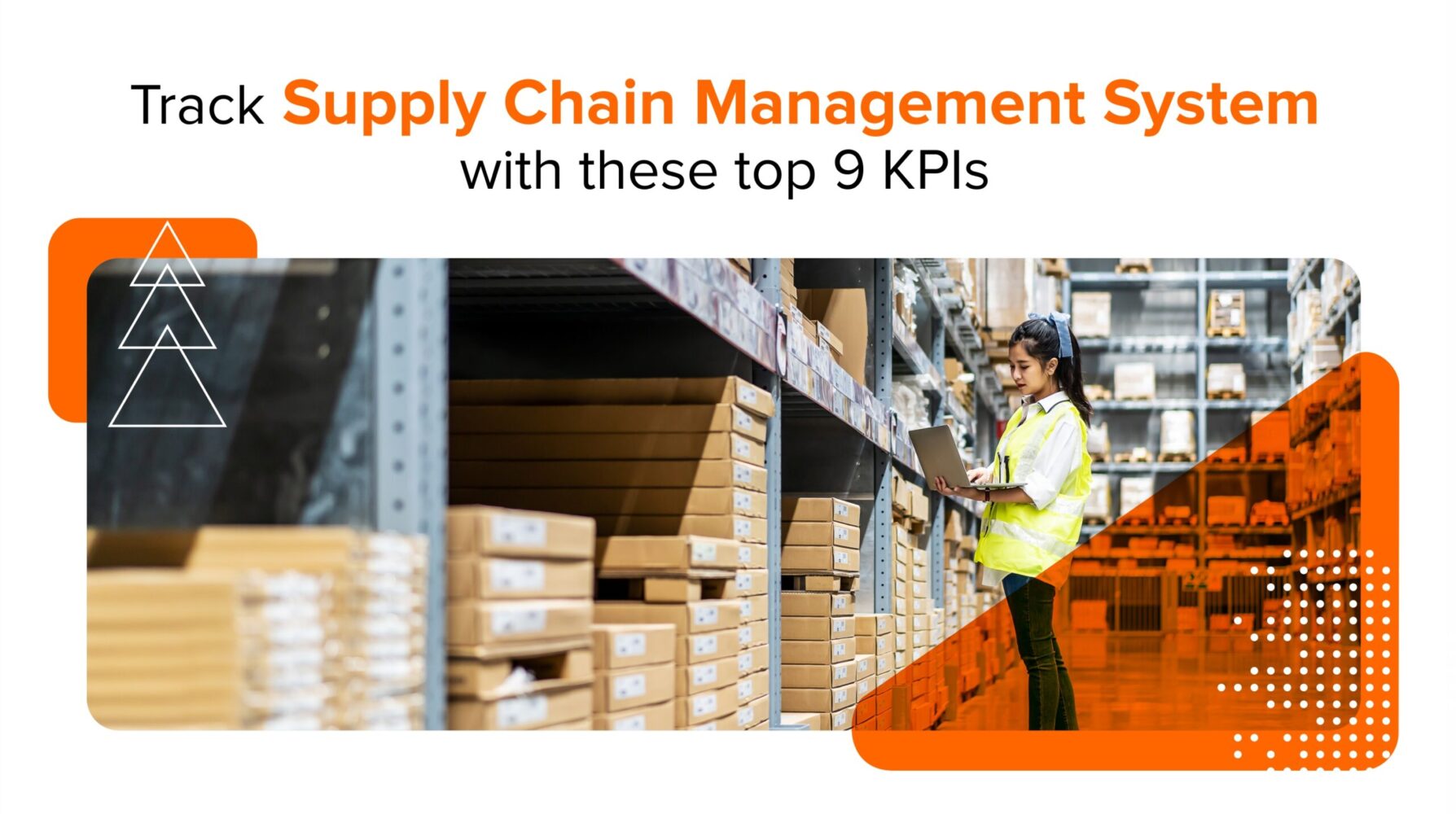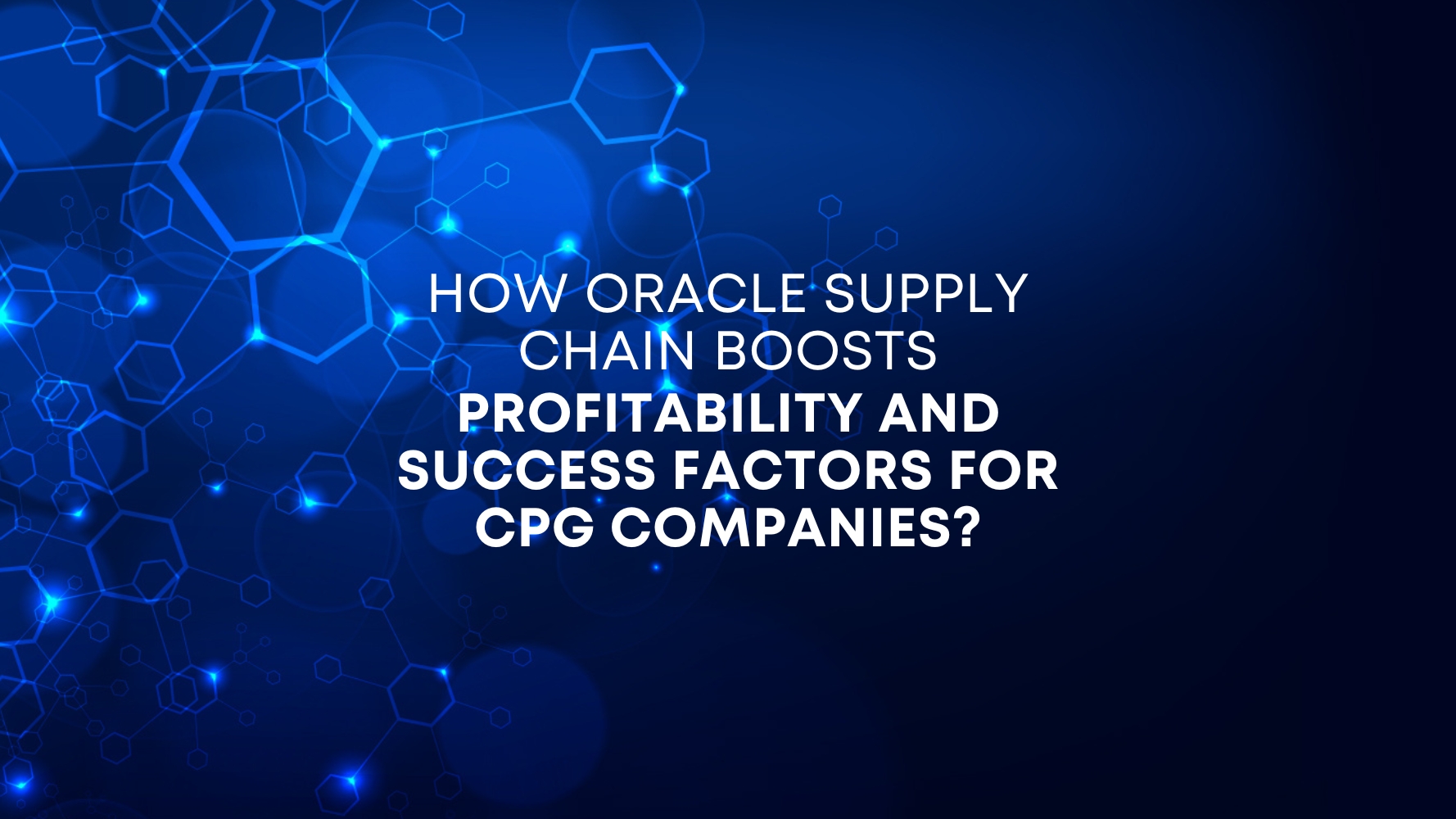What is Supply Chain Management?
Supply Chain Management manages the flow of goods and information from manufacturers, suppliers, and traders to customers. The goal of a Supply Chain Management system is to automate this flow to minimize human involvement, cost of transportation, and other expenses and get real-time insights into the inventory. Oracle Cloud SCM (Supply Chain Management) is a vital module of Oracle Cloud ERP that organizations trust to maximize customer satisfaction.
Let’s discuss some essential key performance indicators (KPIs) businesses should track to optimize their supply chain and make the most out of it.
KPIs to Track Supply Chain Management
- Order Fulfillment Rate: The order fulfillment rate measures the percentage of orders fulfilled on time and without errors. It includes measures such as order accuracy, completeness, on-time delivery, and condition of goods received. A high perfect order fulfillment rate indicates that a business meets customer expectations and delivers high-quality products. Conversely, a low order fulfillment rate suggests that supply chain issues must be addressed.
- Order Cycle Time: Order cycle time measures the time it takes to receive and fulfill an order from a customer, including the time taken to process the order, pick and pack the products, and deliver the order to the customer. A shorter order cycle time indicates that a business can quickly respond to customer demands, improving customer satisfaction. At the same time, a more extended order cycle time means issues in the supply chain, such as delays in manufacturing or shipping.
- Lead Time Metrics: Lead time metrics measure the time it takes to move goods from the supplier to the end customer. It includes the time taken for manufacturing, shipping, and delivery. By measuring lead time metrics, businesses can identify potential bottlenecks in the supply chain and take action to reduce lead times. A delay at any stage of the supply chain can impact the lead time, leading to disruptions. Therefore, measuring lead time metrics and working with the suppliers to help reduce those lead times. For example, if a business identifies that shipping time is increasing its lead time, it may consider partnering with a local supplier.
- Supplier Performance Metrics: Supplier Performance is one of the most critical KPIs to measure the supply chain. It tracks performance based on various factors such as quality, delivery times, and costs. As a result, businesses can identify potential issues in the supply chain and take corrective actions. In addition, it will help companies identify and mitigate issues before they become significant problems.
- Inventory Turnover Ratio: The inventory turnover ratio measures the number of times inventory is sold and replaced within a given period. A high inventory turnover ratio indicates that a business sells its inventory quickly, indicating a strong demand for its products. A low inventory turnover ratio may indicate the company is overstocked, leading to increased storage and handling costs. It helps businesses understand how much inventory they need to hold to meet demand. Measuring the inventory turnover ratio is essential for companies that rely on just-in-time inventory management.
- Supply Chain Resilience Metrics: Supply chain resilience metrics measure the ability of the supply chain to withstand and recover from disruptions. It tracks the time taken to recover from disruptions, their impact on costs and revenue, and the effectiveness of contingency plans. These metrics enable businesses to identify improvement areas and take proactive measures to reduce the effects of future disruptions.
- Cost of Goods Sold: Cost of Goods Sold (COGS) measures the direct costs of producing and selling goods, including raw materials, labor, and overhead expenses. By tracking COGS, businesses can identify areas where they can reduce costs and improve efficiency in the supply chain. A lower COGS indicates that a company produces and sells goods at a lower price, increasing profitability.
- Sustainability Metrics: Sustainability metrics measure the environmental and social impact of the supply chain. It includes tracking the carbon footprint, water usage, waste generation, and labor practices. Businesses can identify areas where they can reduce their environmental impact, improve social responsibility, and reduce the risk of disruptions due to environmental or social factors by measuring sustainability metrics.
- Risk Management Metrics: Risk management metrics help businesses identify and mitigate risks in the supply chain. It involves measuring the probability and impact of potential risks, such as natural disasters, geopolitical tensions, or cyber-attacks. By understanding the potential risks, businesses can take proactive measures to mitigate them, such as diversifying suppliers or implementing contingency plans.
Read: Modernization of Supply Chain Management and its Future!
Conclusion
Supply chain management is an organization’s critical challenge that considerably impacts the business. They can measure and mitigate the impact of disruptions on their supply chain by tracking the right KPIs. However, viewing the KPIs mentioned above together is essential, not one at a time. These KPIs together provide businesses with a comprehensive view of their supply chain, enabling them to identify potential areas of improvement and take proactive measures to mitigate future disruptions. All in all, supply chain disruptions can have significant impacts on businesses. However, companies can effectively measure and mitigate these disruptions by tracking and analyzing the right KPIs.
Connect with Tangenz IT System Integrators, an Oracle Preferred Partner, to learn more about Supply chain management and our implementation assistance services to maximize the efficiency of your supply chain.





